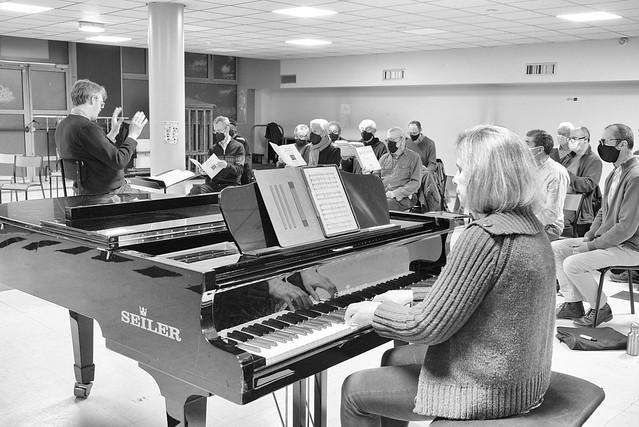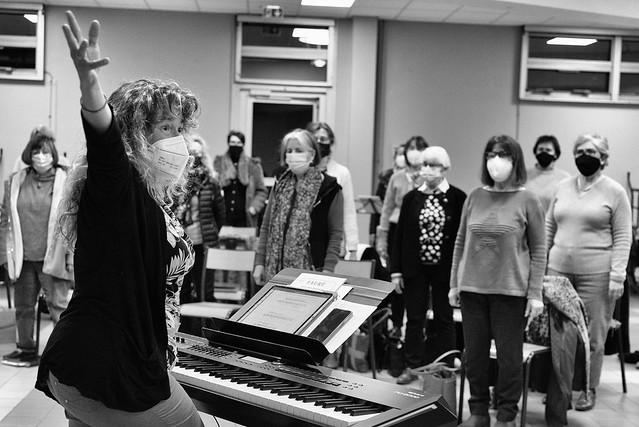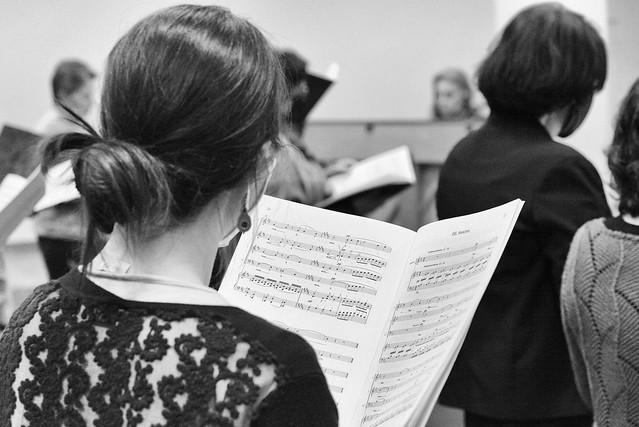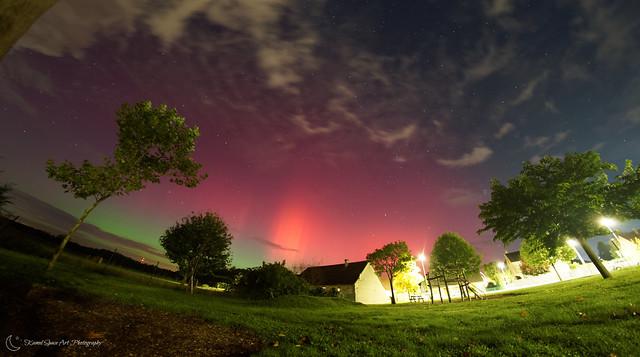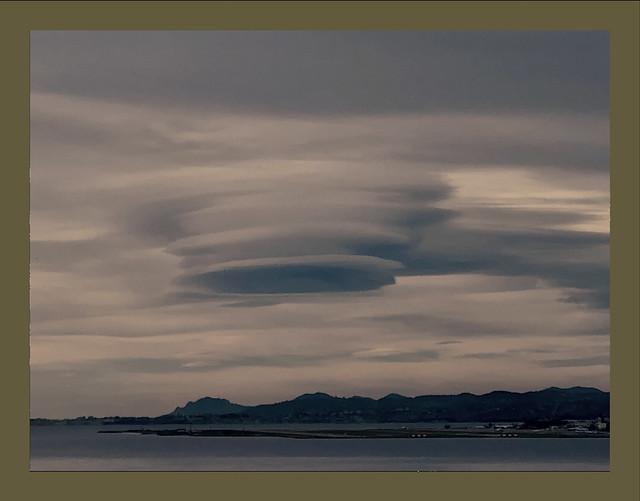Essonne
Overview
Essonne, located in the Île-de-France region to the south of Paris, offers a unique blend of historical charm, natural beauty, and modern innovation. This department, named after the Essonne River, boasts a rich cultural heritage with numerous châteaux and museums, such as the famous Château de Chamarande and the Château de Courances, both surrounded by stunning gardens. Essonne is also known for its scientific community, including the presence of the renowned Paris-Saclay University, which contributes to its vibrant, youthful ambiance. The mix of tranquil countryside and urban attractions makes it an appealing destination for those interested in both relaxation and exploration.
The high season for tourism in Essonne is during the spring and summer months, from April to August, when the weather is most pleasant, with average temperatures ranging from 15°C to 25°C. This period is ideal for enjoying the full spectrum of outdoor activities that Essonne has to offer, including hiking in the scenic regional parks like the French Gâtinais Regional Natural Park, visiting local farmers' markets, and exploring the beautiful gardens of the châteaux. Cultural festivals and events, particularly around French national holidays like Bastille Day on July 14th, offer a chance to experience local traditions and festivities.
Before visiting Essonne, travelers should ensure they have a valid passport and, if needed, a visa. Travel insurance is also recommended. Since the weather can be variable, packing a range of clothing to accommodate warm days and cooler evenings is wise. Learning some basic French phrases can greatly enhance interactions with locals, as English may not be widely spoken in more rural areas of Essonne. Lastly, it's beneficial to plan transportation in advance, particularly if intending to explore both the urban and rural parts of the department, as public transport options may vary in availability and frequency.
How It Becomes to This
History not available
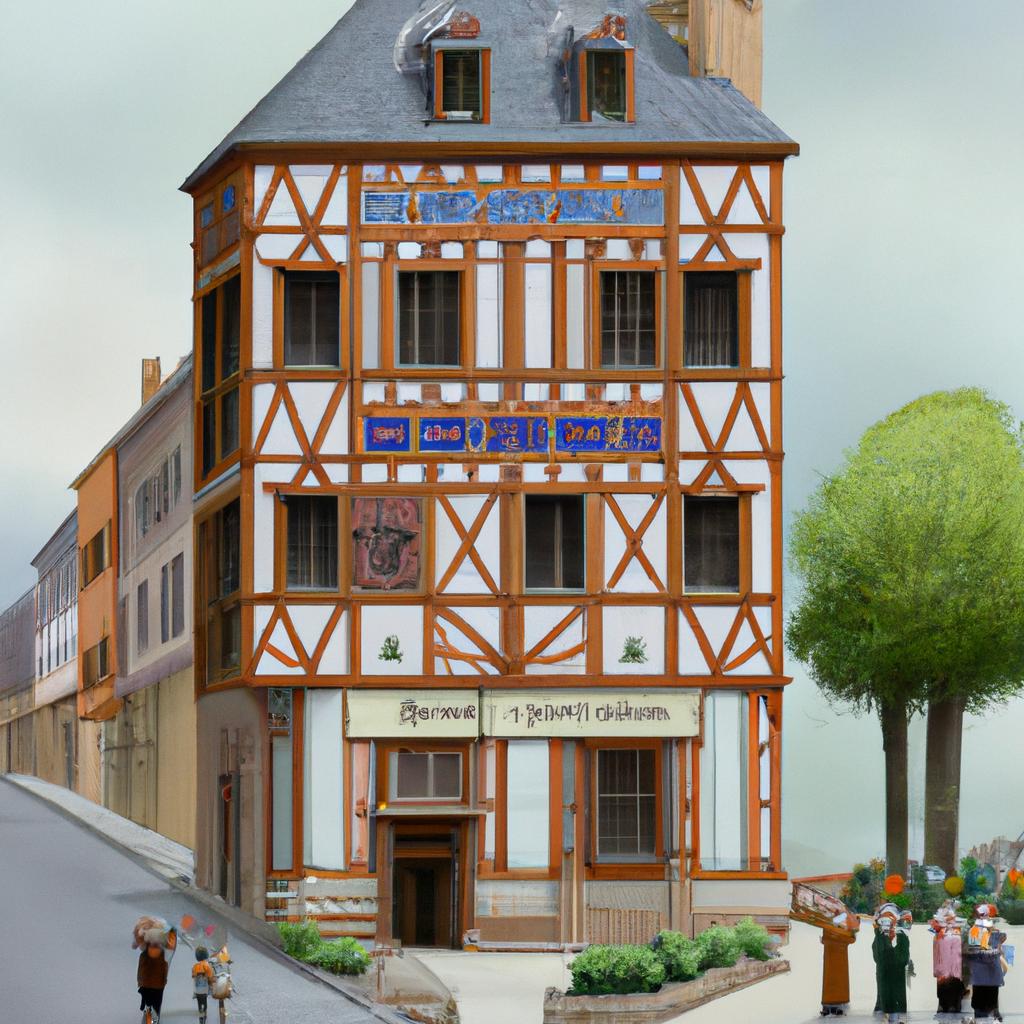
You May Like
Explore other interesting states in France


